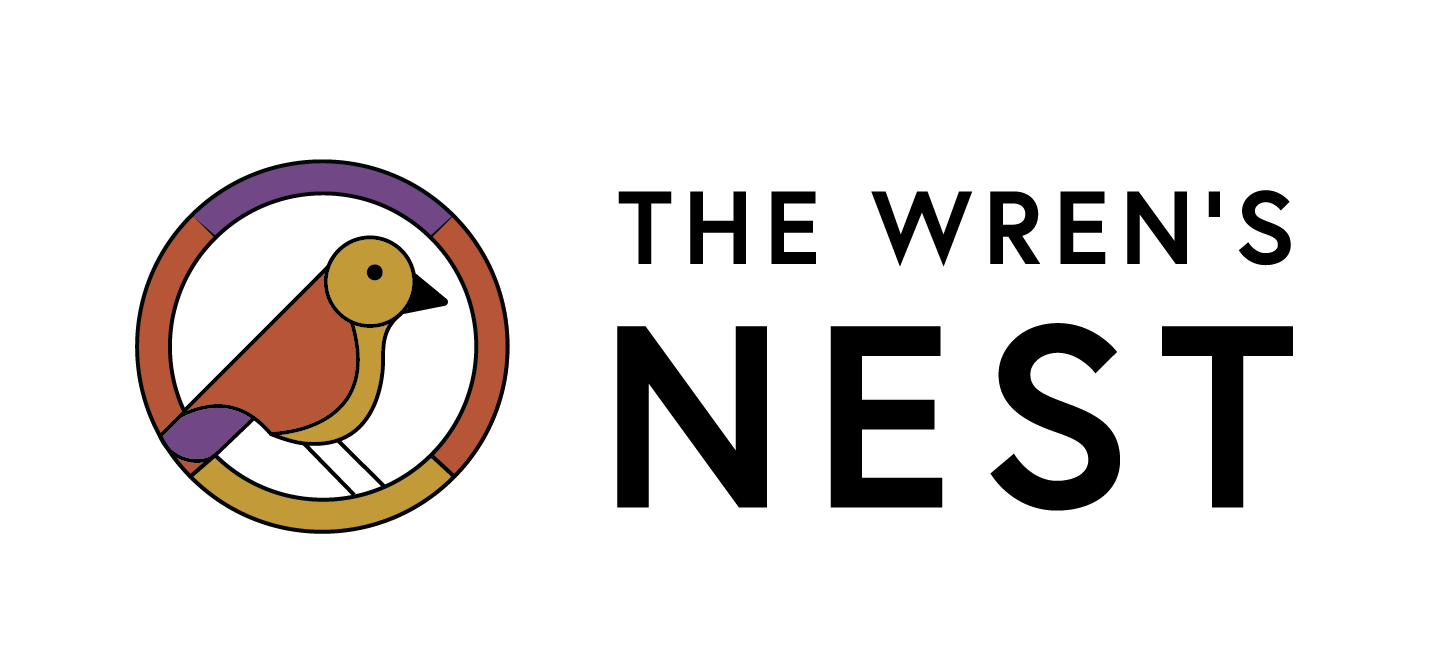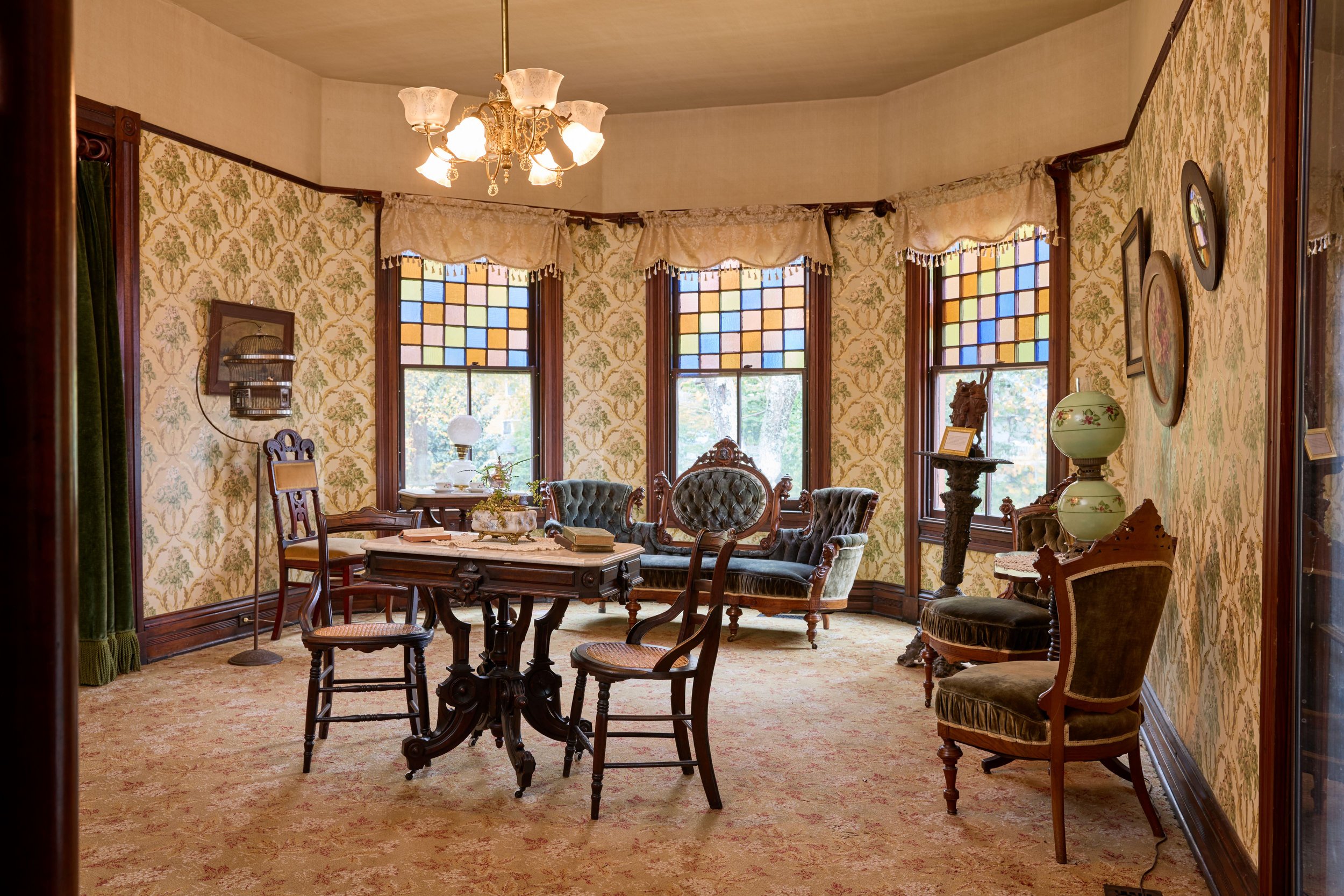

About the House

The Wren’s Nest was the home of Joel Chandler Harris from 1881 until 1908.

Harris originally nicknamed the property Snap Bean Farm. Its current name comes from wrens who nested in the mailbox. Harris didn’t have the heart to evict them, and there’s still a wren’s nest mailbox at the front door of The Wren’s Nest.
Built around 1870 as a farmhouse, the home was substantially remodeled and expanded by the Harrises during the 1880s and provides a unique example of upper-middle-class living in Atlanta during the late Victorian era.
The Wren’s Nest opened as a house museum in 1913 with financial support from Andrew Carnegie, President Theodore Roosevelt, and the fundraising efforts of Atlanta Public Schools students. Most of the furnishings in the house belonged to Harris and his family.
No one has lived in the house or made modifications to it in over 100 years. As a result, it survives as a time capsule from 1913 — the year the family moved out — and stands as the oldest house museum in Atlanta.

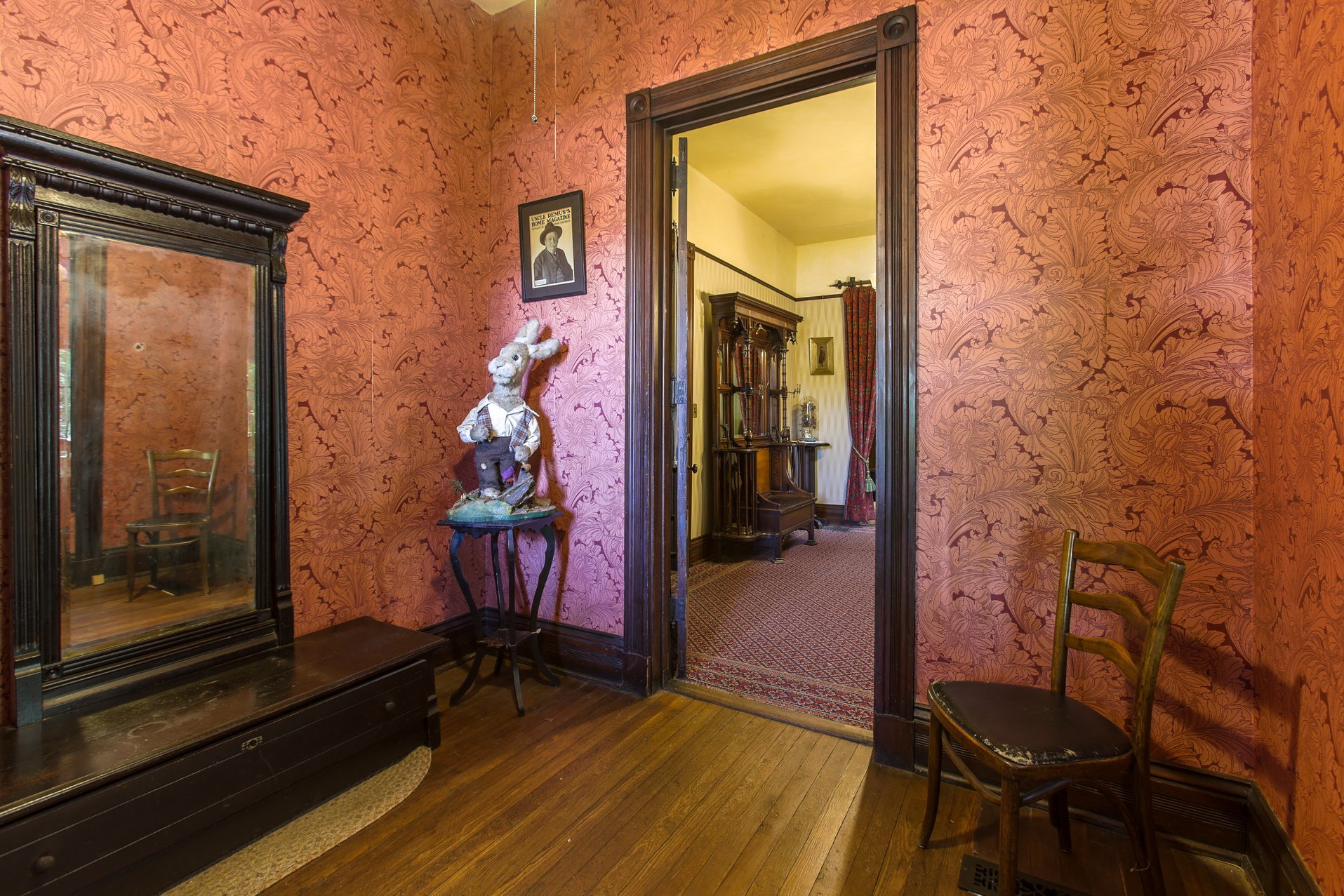
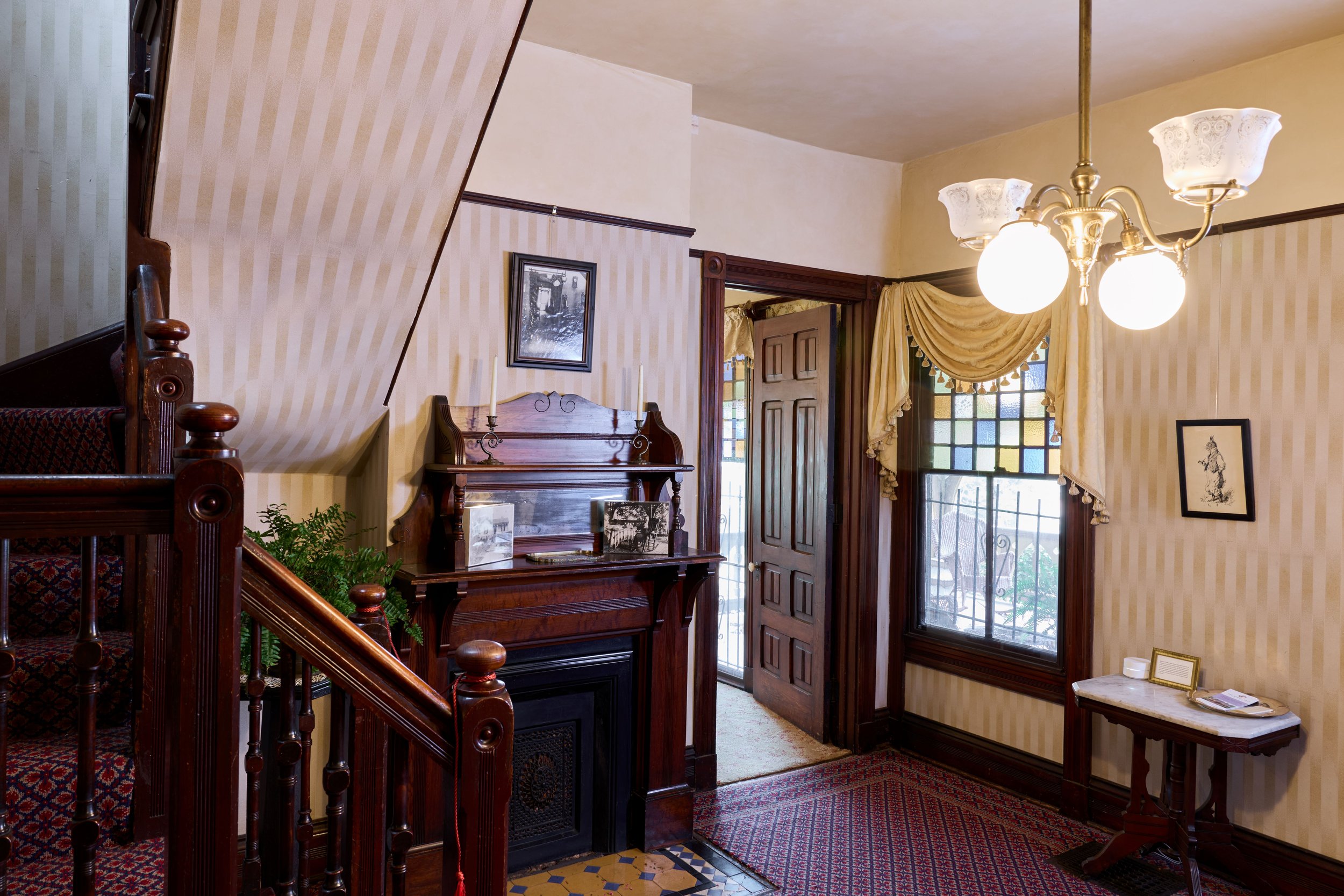

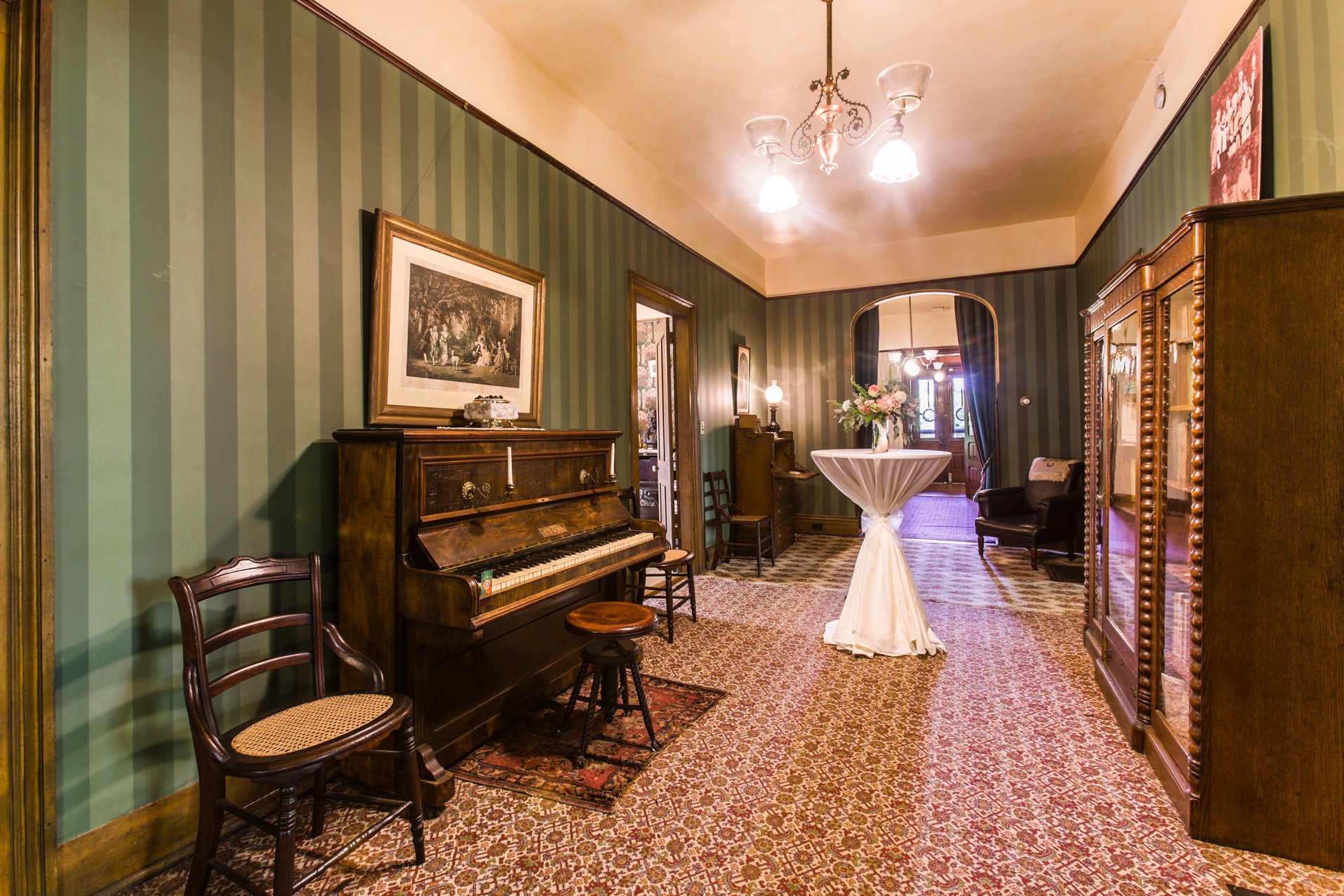
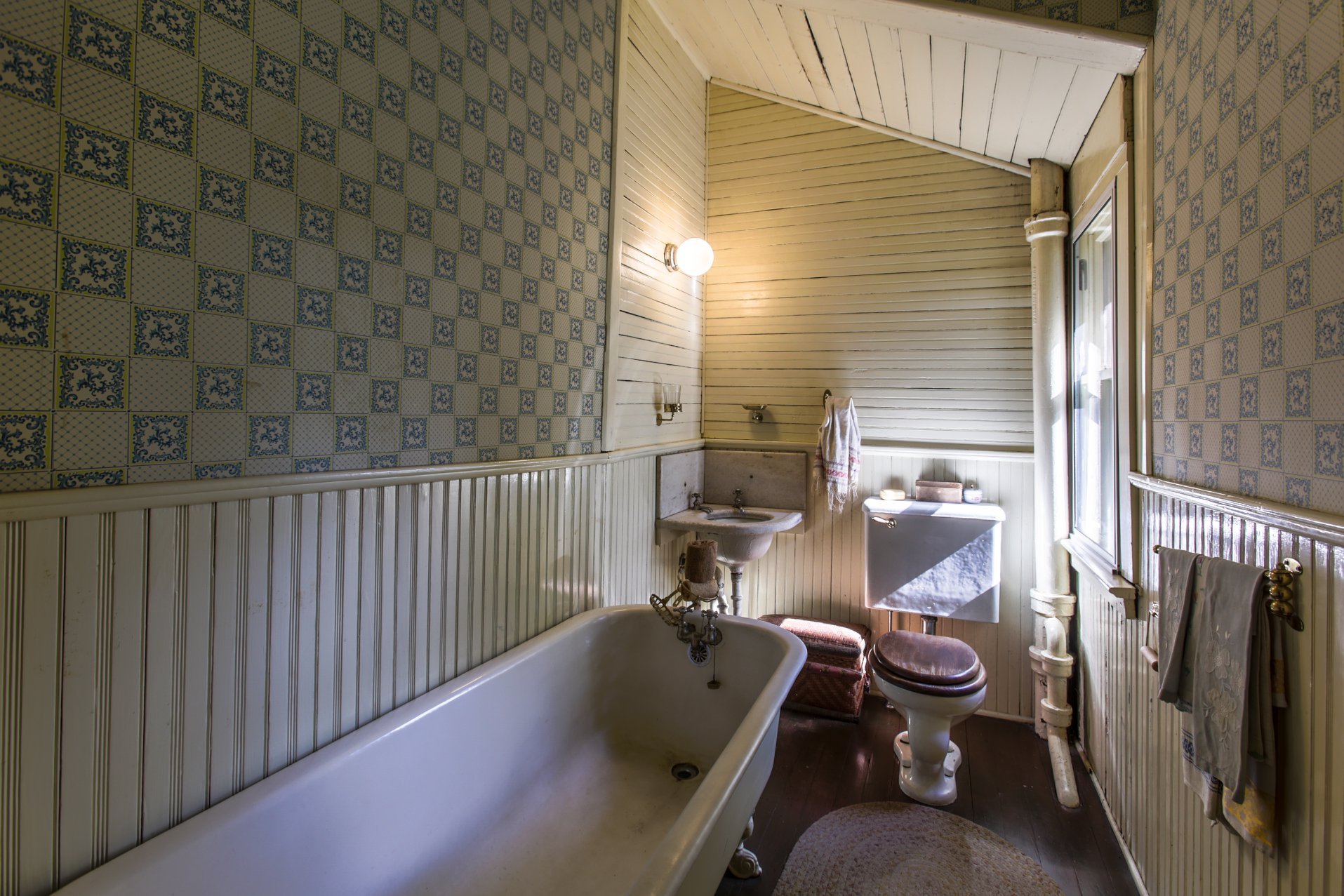


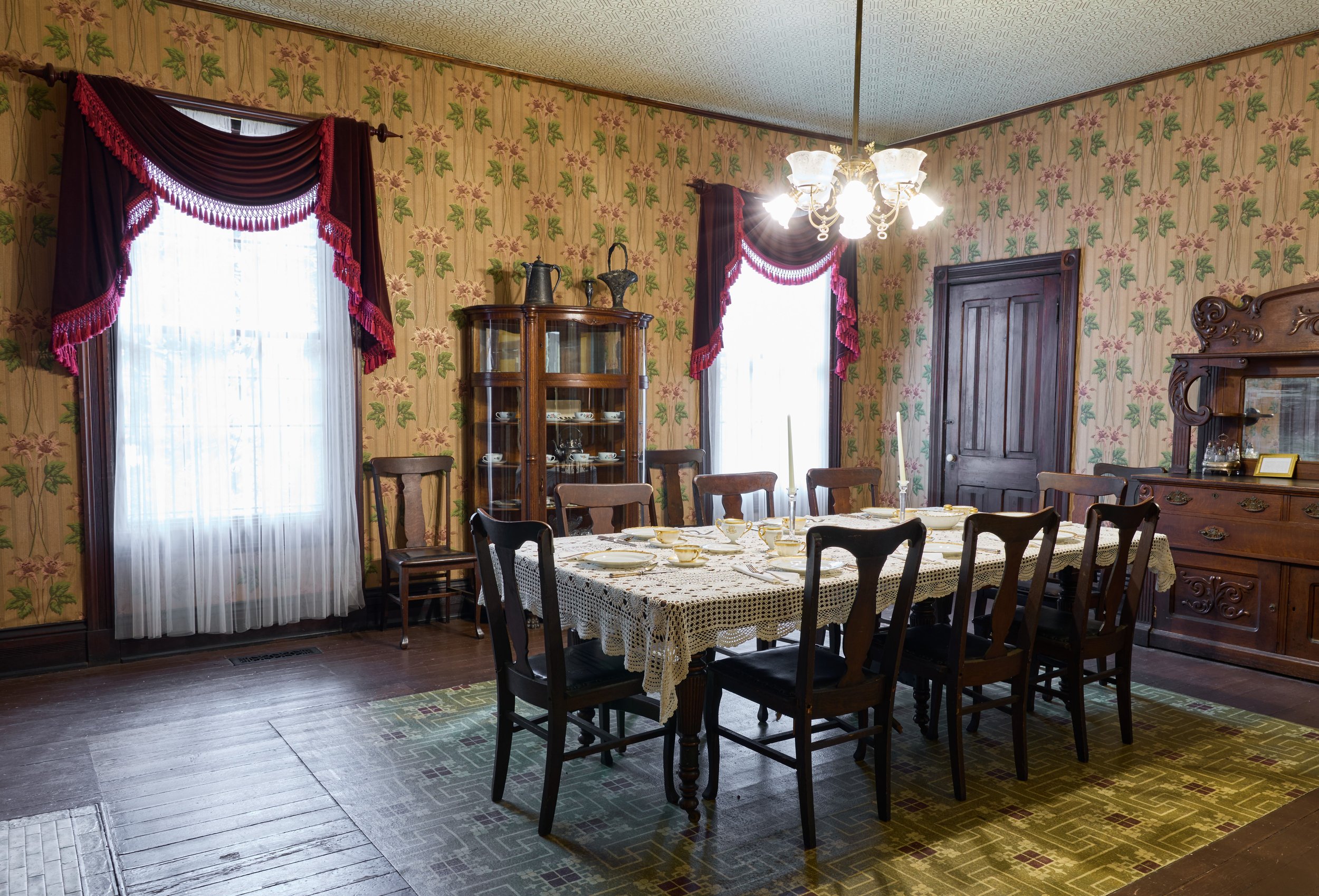
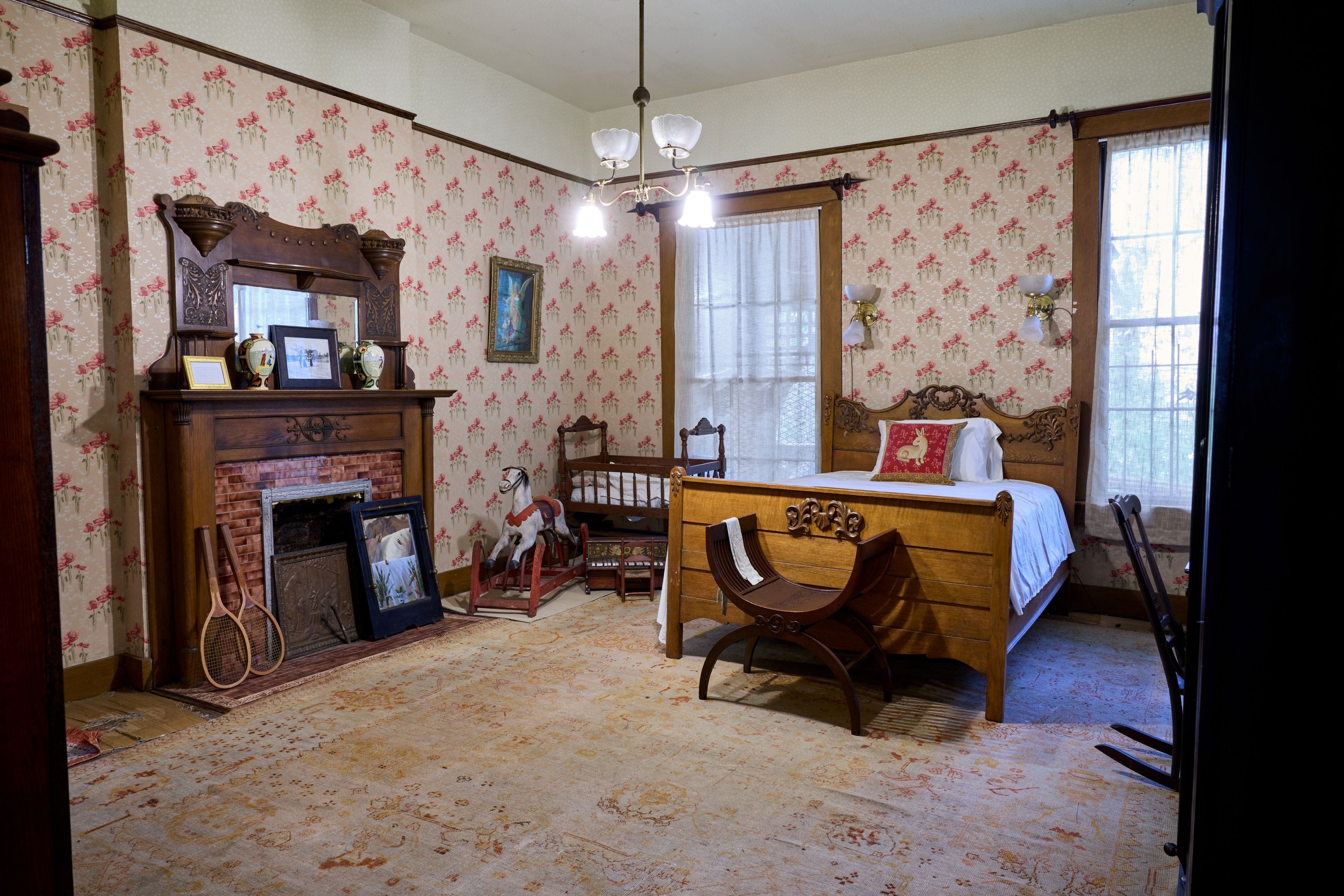

1870:
Adeline Muse pays $800 for the 5 ¼-acre property, about half of which survives as The Wren’s Nest. Her family, who had moved to Atlanta from Alabama after the Civil War, builds a three-room farmhouse. They later add two bedrooms, a sitting room, and large central hallway.
1881:
Joel Chandler Harris, associate editor of The Atlanta Constitution, moves into the house with his family. They had come to Atlanta five years before, leaving Savannah to escape a yellow fever outbreak. Originally renters, the Harrises purchase the home and property in 1883.
1884:
The Harrises hire local architect George Humphries to remodel the house. They add three new rooms to the front, one room upstairs, and a large wraparound porch at the entry. The additions transform The Wren’s Nest from a rustic farmhouse to a storybook charmer decked out in the ornate Queen Anne and Eastlake architectural styles that were fashionable during the 1880s. The family continues to improve the house through 1903, building additional rooms in the back and adding electricity and indoor plumbing.
1908:
Harris dies on July 3. Almost immediately, a fundraising campaign is launched to purchase the house from the family and turn it into a museum. Former President Theodore Roosevelt, an admirer of Harris’s, visits Atlanta to raise money for the cause, and steel magnate Andrew Carnegie lends his support.
1913:
The Wren’s Nest opens as a house museum. The home’s east parlor is converted into the Uncle Remus Memorial Carnegie Library — a branch of the Atlanta public library — which operates until 1930. During the 1920s, the City of Atlanta builds a concrete stage in the backyard. Now used for concerts and other shows, the stage once hosted an annual May Day pageant. It faces a walkway with the names of May Day queens from the 1910s to 1980s.
1962:
The National Park Service designates The Wren’s Nest a National Historic Landmark, bestowing it with the highest level of historic significance.
1985–Present:
Between 1985 and 1992, The Wren’s Nest undertakes a major campaign to restore the interior and exterior of the house. Another major conservation project, costing $200,000, is completed in 2009. The Wren’s Nest continues to raise funds to support ongoing maintenance and major capital projects.
